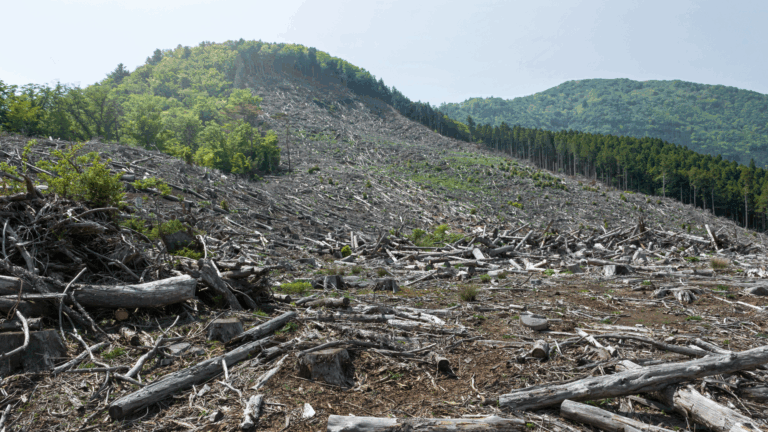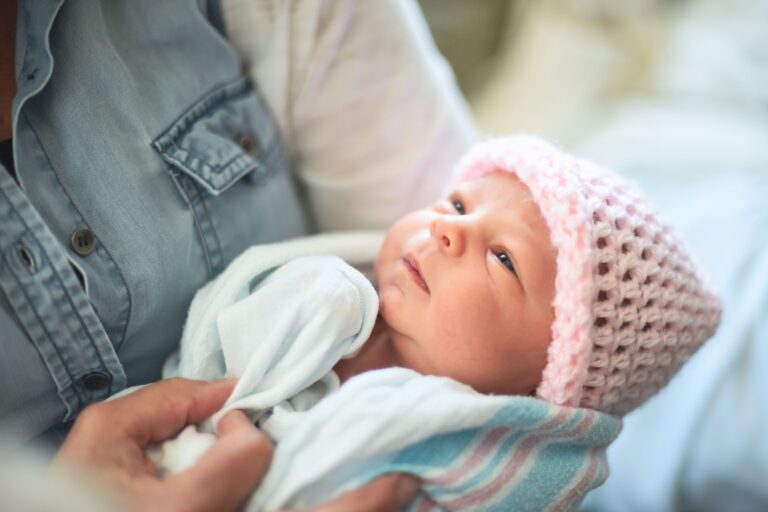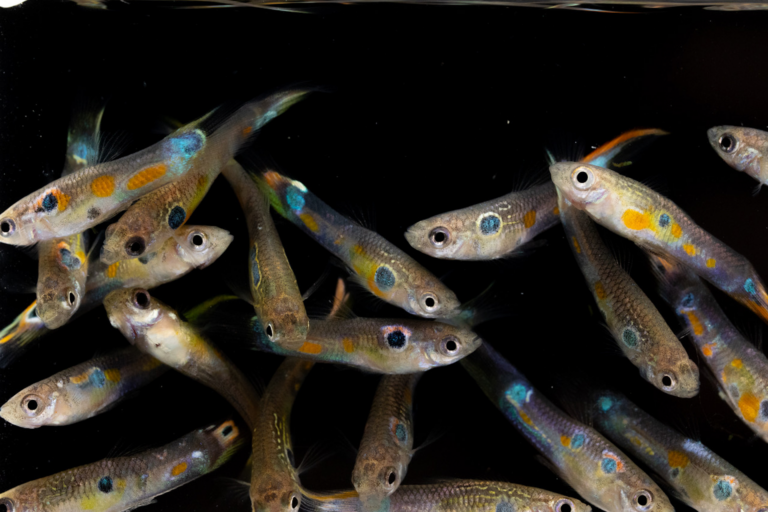Graphic novel brings Xwémalhkwu (Homalco) Elders’ voices to a new generation
Centuries-old stories from the Xwémalhkwu (Homalco) First Nation have found a new life in comic form in Xwémalhkwu Hero Stories: A Graphic Novel, set for its Vancouver launch at the University of British Columbia on March 12.
Led by Homalco First Nation (HFN), and journalist Tchadas Leo (Homalco and Stillaguimish Tribe of Indians), the project brought together Indigenous graphic artists Alina Pete (Nehiyaw from Little Pine First Nation in Saskatchewan), Valen Onstine (Nehiyaw and Dane-zaa) and Gord Hill (Kwakwaka’wakw) to visually interpret archival audio recordings of Homalco Elders.
The recordings, which were also turned into a mini podcast featuring 11 Homalco Elders, capture memories of life in the HFN’s traditional territory in Bute Inlet, with Elders sharing their childhood experiences, traditional customs and Coast Salish history.
The three stories in the graphic novel feature canoe and clamming, river bathing, and hunting and food preservation. The project seeks to revitalize the Homalco language, ayʔaǰuθɛm (Ayajuthem), and culture in a modern format that will resonate with younger generations.

The project was developed in collaboration with the UBC Comics Studies Cluster’s “Remember Comics Project,” which explores the role of comics in preserving cultural heritage. The project was co-funded by Education without Borders, UBC Comic Studies Cluster, the Narratives Group in the UBC Centre for Migration Studies, UBC Community Engagement Office and the UBC Public Humanities Hub.
We spoke with Leo and Dr. Elizabeth “Biz” Nijdam, director of the UBC Comic Studies Cluster, about the project and its significance.
1. How did the Xwémalhkwu Hero Stories project come about?
Leo: The novel came to life thanks to Education without Borders (EwB) and their path towards reconciliation. They wanted to find a meaningful way to connect with a community and through several different connections found our radio station 100.7FM The Raven, who then reached out to me and asked if I would be a part of this. It was a podcast first, and since I’m a journalist, it just made sense to be part of this project.
The project matters to me because I feel that the timing for this project is perfect. The recordings from our Elders need to be heard, and what better way to do this than as a podcast, then turn it into a graphic novel. For me, it means preservation and longevity of our history and culture.
2. What has the response been from Elders and youth so far, and how do you see this novel contributing to Homalcolanguage and cultural revitalization in the long term?
Leo: The reaction from the community has been extremely positive. Both Elders and youth are finding the colourful novel to be a new and powerful source to preserve the culture and stories that could have been lost. I believe we all feel fortunate that we even have these recordings in the first place. Long-term, this can be extended and continue to grow in different ways not only within the community but within the school system, and anybody else who wants to learn about our rich history.
3. Why a comic book?
Nijdam: Comics are a powerful way to preserve Indigenous stories and languages by blending text and imagery to create layered narratives that reflect the complexity of lived experience. This mirrors Indigenous storytelling traditions, where meaning unfolds on multiple levels and is shaped by both the storyteller and the listener. Like oral storytelling, comics invite active participation—readers engage with the narrative, interpret visuals and connect with the language in an educational and culturally immersive way. Ultimately, this project aims to honour Indigenous traditions by making them accessible, interactive and evolving, much like oral storytelling itself.
Media are invited to attend the launch and an artist’s roundtable to hear from the creative team about the artistic and cultural processes behind the novel, as well as reflections on the journey to Bute Inlet. The team will also discuss future educational initiatives tied to the project.
Media please RSVP to: sachi.wickramasinghe@ubc.ca
Date: Wednesday, March 12, 2025
Time: Media please arrive by 2:30 p.m. for interviews before the artist roundtable.Artist roundtable begins at 3 p.m.
Location: Peña Room, Irving K. Barber Learning Center
Available interviews:
- Tchadas Leo, project manager and lead editor
- Graphic artist Alina Pete
- Graphic artist Valen Onstine
- Biz Nijdam, assistant professor and director



